Although I haven't spent too much time with the archaeological record, here is a highlight from my thesis, which is nearing completion!
These bronze mounts were made to adorn the drawer hardware of a chest of drawers, or commode. The example above was discovered in a feature covering the former stables of a house used by the commissaire ordonnateur (similar to an intendant) in Louisbourg on Cape Breton Island in Nova Scotia. The one below was also found at Louisbourg on another property. Both were made in France. Although metropolitan guild ordinances limited the production of bronze ornaments to a category of artisans known as a fondeurs-ciseleurs, various furniture craftsmen occasionally dabbled in casting and gilding bronze, although not without impunity. For example, Parisian cabinetmaker Charles Cressent was cited several times for breaching this restriction.
These bronze mounts were made to adorn the drawer hardware of a chest of drawers, or commode. The example above was discovered in a feature covering the former stables of a house used by the commissaire ordonnateur (similar to an intendant) in Louisbourg on Cape Breton Island in Nova Scotia. The one below was also found at Louisbourg on another property. Both were made in France. Although metropolitan guild ordinances limited the production of bronze ornaments to a category of artisans known as a fondeurs-ciseleurs, various furniture craftsmen occasionally dabbled in casting and gilding bronze, although not without impunity. For example, Parisian cabinetmaker Charles Cressent was cited several times for breaching this restriction.
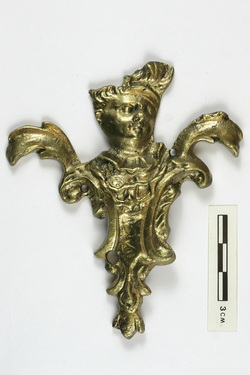
The style and ornamentation of the two mounts point to a date range of 1720 into the 1740s, and many dealers would identify them as Régence, a more lighthearted style that marked the first third of the eighteenth century in France. Philippe de Rigaud's 1726 inventory mentions two lockable commodes à placage, or veneered chests of drawers. These three-drawer case pieces likely came equipped with ornamental hardware similar to the bronze pieces from Louisbourg.
An eighteenth-century French commode with a colonial provenance features similar bronze hardware. Once owned by the last bishop of New France, Monseigneur de Pontbriand, he left it the Sulpician Order of Montréal in 1760. If you compare the close-ups of the commode's mounts with the artifacts from Louisbourg, the resemblance is striking.
The handle bales on the Pontbriand commode have been stamped with a crowned letter C, indicating that they could not have arrived in Canada before 1745 at the earliest. Between 1745 and 1749, a royal decree levied a tax on bronze and copper products; the stamp proved that the tax had indeed been paid on the commode's escutcheons, handles, and other ornamental hardware. Arriving in Canada in 1741, the bishop likely ordered this commode from France in the 1740s or 1750s. Its form likely identifies it as a product of the provincial port town of Bordeaux. Monseigneur de Pontbriand had business dealings with a mercantile family there, supporting my conjecturing of its bordelais origins.
I had the chance to study this piece last summer at the Sulpician Seminary in Montréal. It did not appear that any new hardware had been added to the commode. It is a great piece and one of the few that can be definitively linked to a colonial official in New France.
I had the chance to study this piece last summer at the Sulpician Seminary in Montréal. It did not appear that any new hardware had been added to the commode. It is a great piece and one of the few that can be definitively linked to a colonial official in New France.
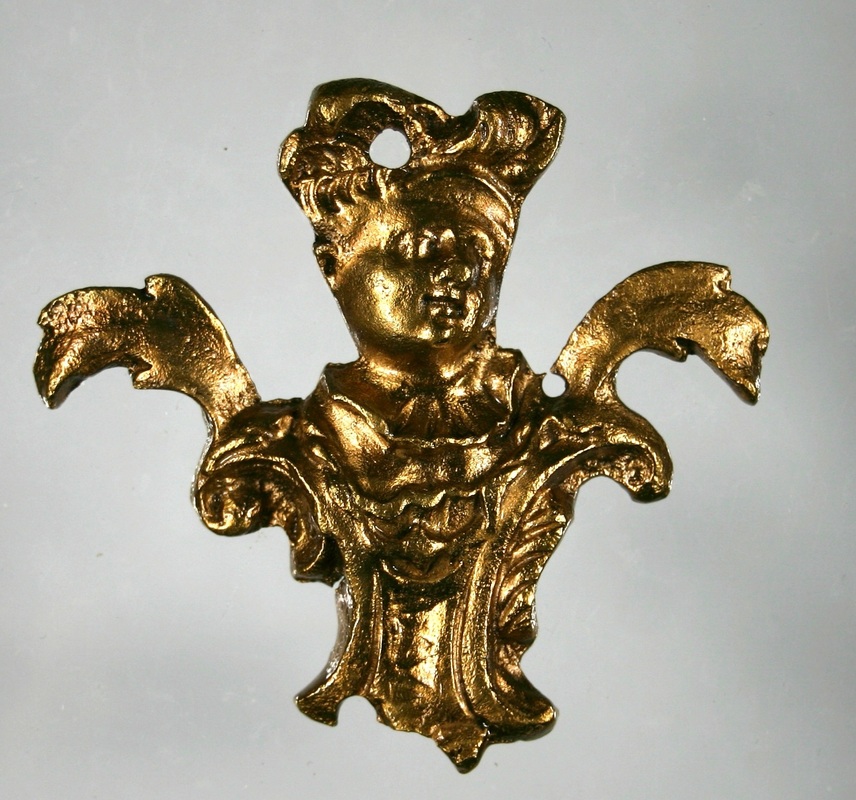
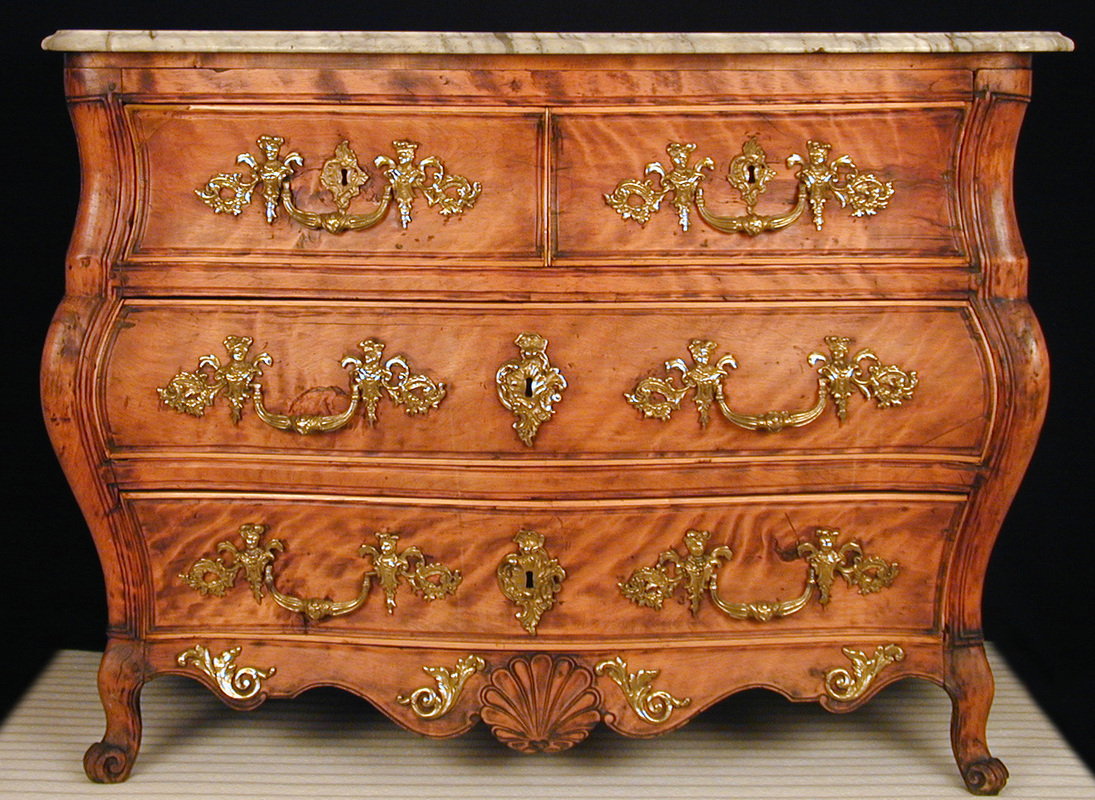
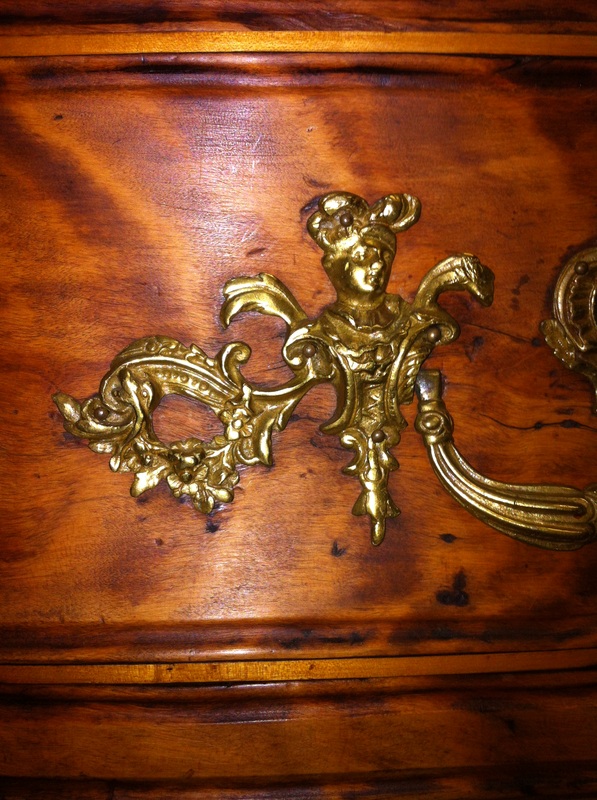
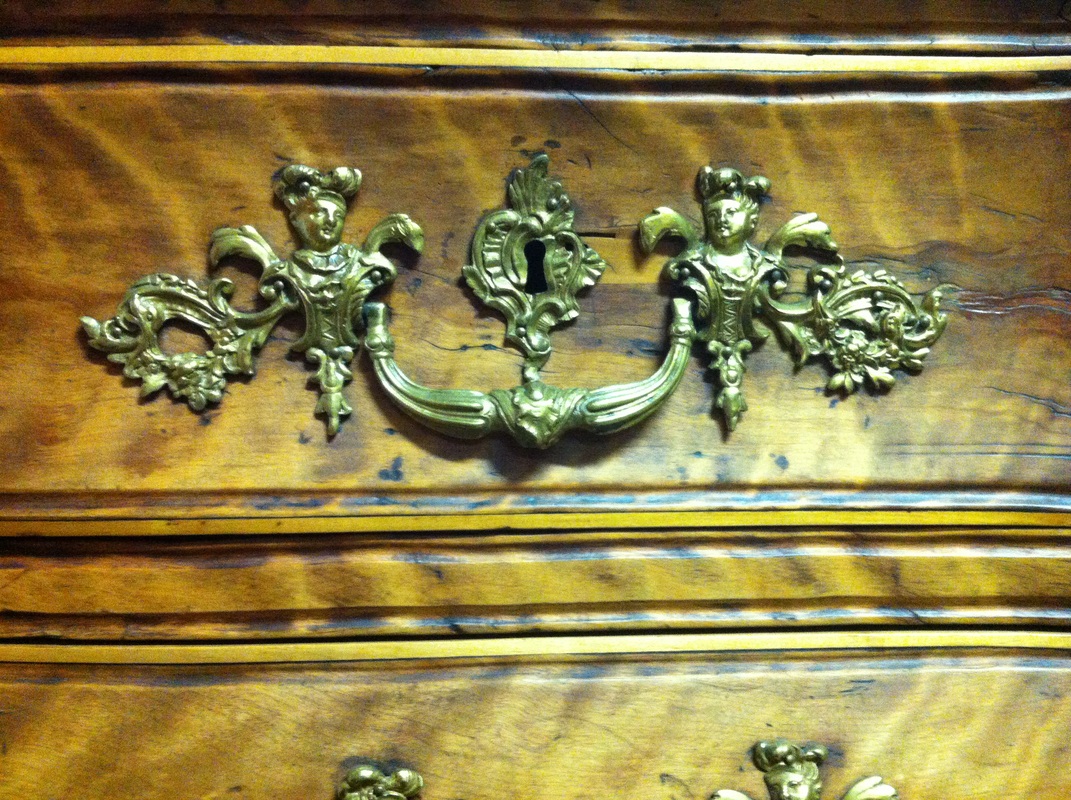
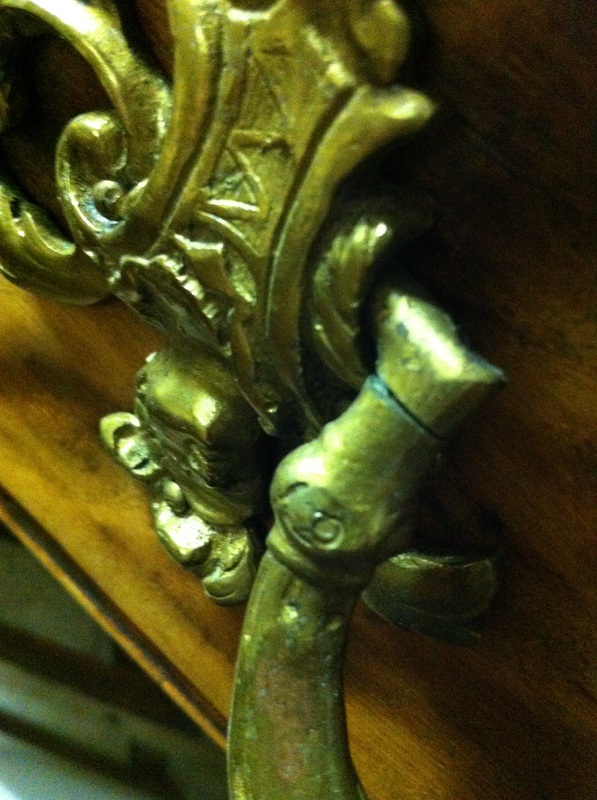
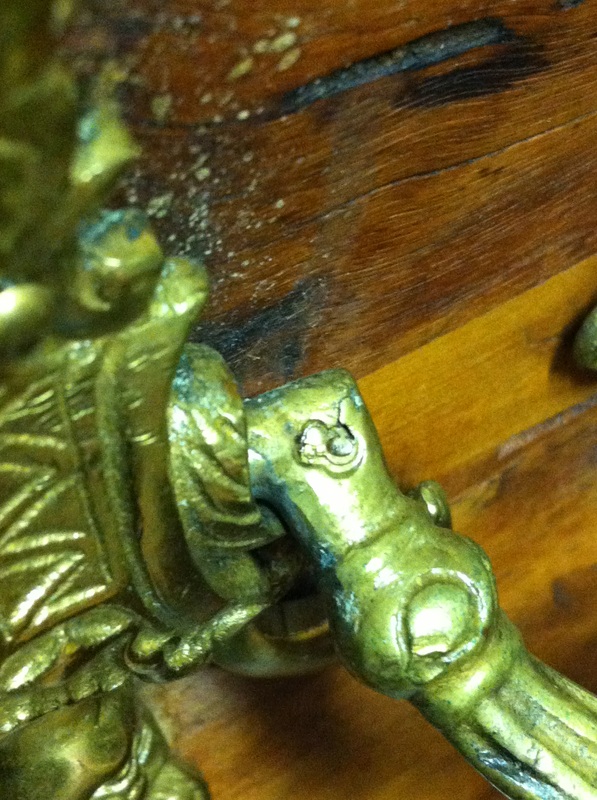
 RSS Feed
RSS Feed
